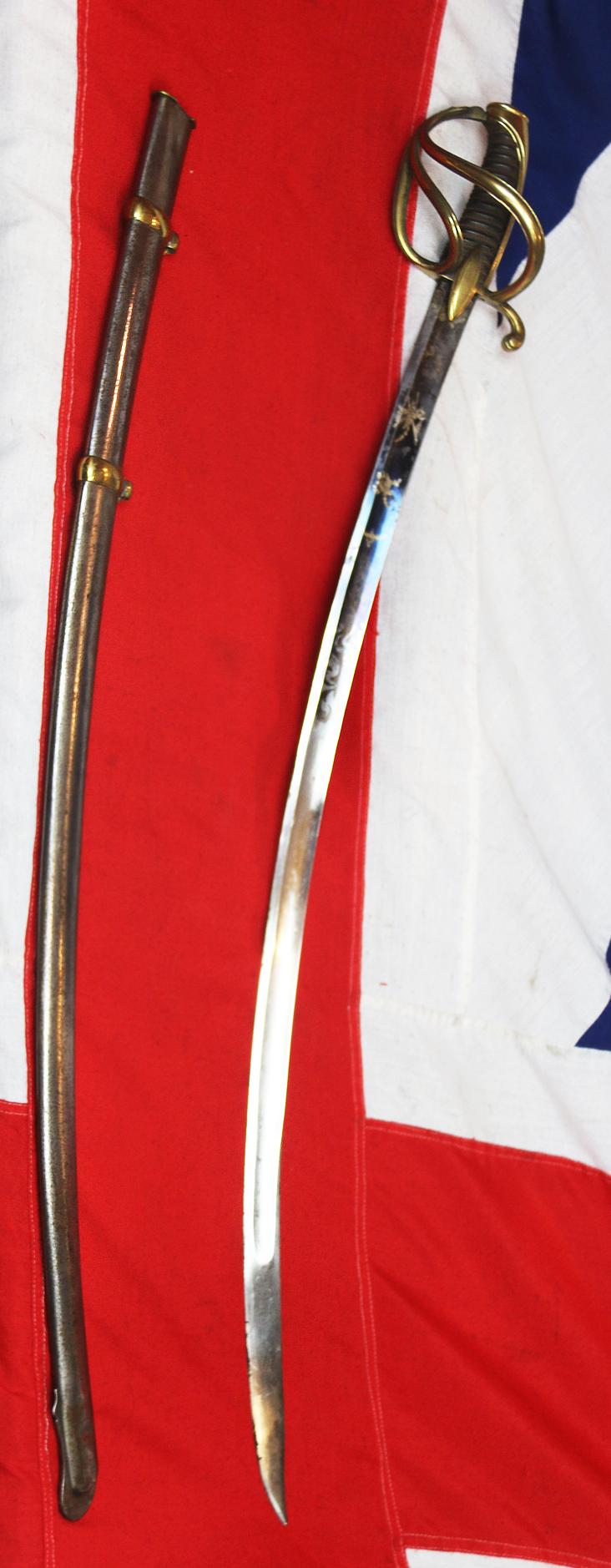For Sale
The following items are listed by for sale by users of the site and dealers. They are in no way endorsed or guaranteed by www.antiquearmsresearch.com
Add a Classified ItemYou can also receive regular email notifcations when items match your keywords. To recieve them just register or logon at the top right of this page.
- Nation : Japanese
- Local Price : £3950
- Nation : Russian
- Local Price : £3950
- Nation : British
- Local Price : £3900
- Nation : Spanish
- Local Price : $7,500.00 CAD
- Nation : British
- Local Price : £3,850.00
- Nation : Italian
- Local Price : £3,850.00
- Nation : British
- Local Price : £3850
- Nation : British
- Local Price : £3.850









